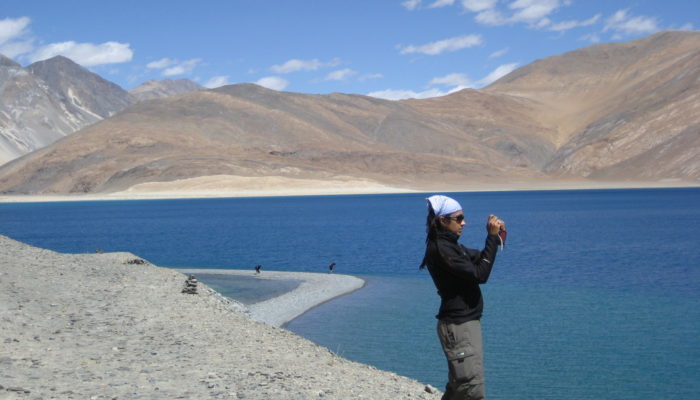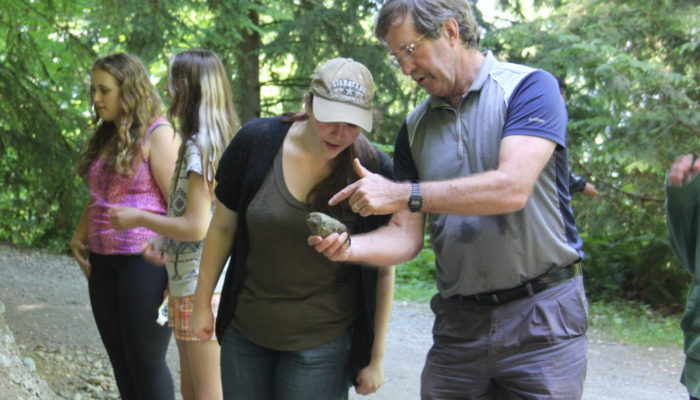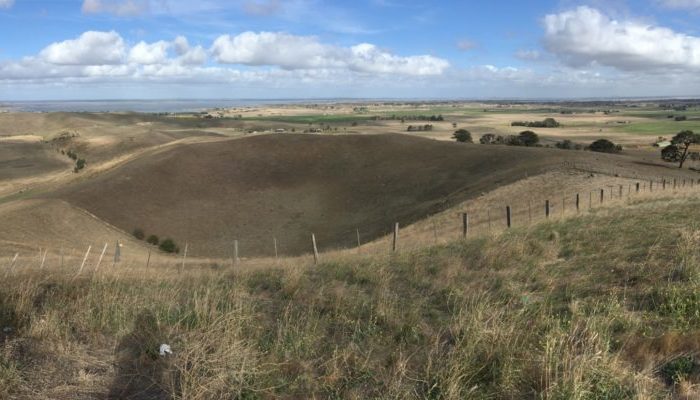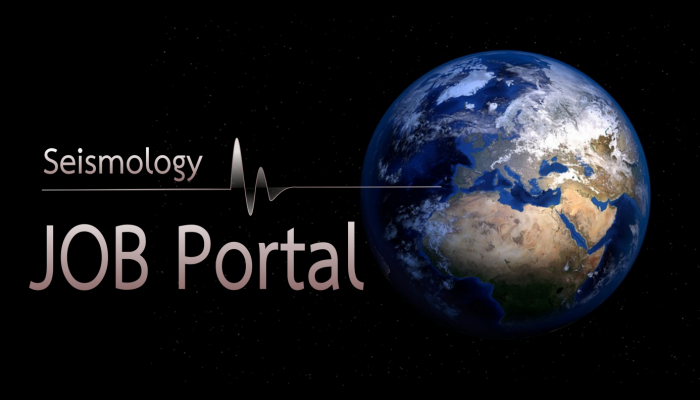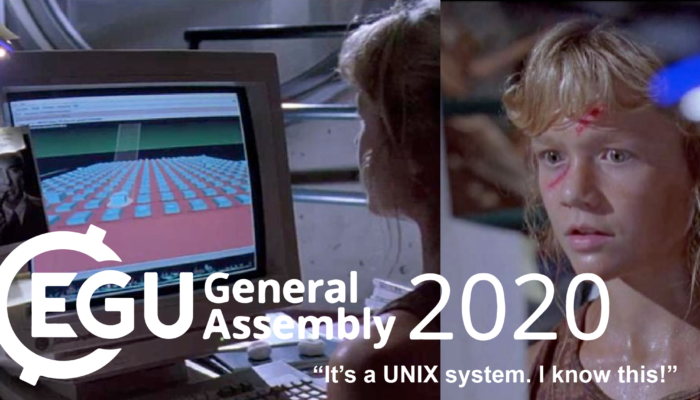The current COVID-19 situation has profoundly changed our daily lifes and has also affected our way to perform and share research. In today’s world a lot of efforts have been made to minimize the impact of working from home and exchange thoughts with colleagues, and also the usual annual General Assembly of the European Geosciences Union (EGU) has been moved online. Thus, the largest online ...[Read More]
Seismology
Representing the Possible: Alka Tripathy-Lang
Alka Tripathy-Lang is a freelance science writer based in Chandler, Arizona. She writes mostly about geohazards and creative ways to apply seismology to the world around us. What is your story, Alka? Why geology? When I was a little girl, I was fascinated by rocks and fossils. I told anyone who asked that I wanted to be a geologist when I grew up. However, in the throes of my teenage years, ...[Read More]
Natural Hazards
NH medallists Episode II – John Clague & his passion for Natural Hazard
In today’s interview, we talk with Prof John J. Clague, who was awarded the 2020 Sergey Soloviev Medal for his remarkable scientific contributions in fundamental and applied research on earthquakes, tsunamis, outburst floods and landslides, directed towards risk reduction for the benefit of societies. Hi John, can you please briefly introduce yourself, telling your main research focus and wh ...[Read More]
Tectonics and Structural Geology
Features from the field: Volcanic rocks and landscapes
This edition of ‘Features from the field’ is brought to you by Sandra McLaren, a senior lecturer at the University of Melbourne. She will be talking about the volcanic activity and rocks in the Tower hill complex in Australia. Volcanic activity is one of the most spectacular manifestations of our tectonically active planet. Volcanic eruptions can be highly dangerous when they oc ...[Read More]
Geochemistry, Mineralogy, Petrology & Volcanology
EGU daily digest: it’s Friday
For anyone tuning in from Australia, happy Saturday! How have you found the conference? Did it work? Was it a disaster? Is physical presence more important than saving on CO2? Did you manage to do any networking? Were you as engaged as you would normally be? Let us know in the comments, be brutally honest if you like. Covid has forced this weird conference on us, but maybe this is the way of the f ...[Read More]
Geochemistry, Mineralogy, Petrology & Volcanology
EGU daily digest: Thursday!
It’s Thursday, hopefully your typing fingers and wifi connections are still holding up! Take a little time off and explore Vienna, I recommend visiting the cathedral here… The conference continues, here are some little highlights for your Thursday: The most important thing is the GMPV division meeting at 12:45. Lunch will be served* (*as long as you serve yourself lunch). Get an update ...[Read More]
Geodynamics
EGU2020 : Sharing Geoscience Online
This week, the EGU General Assembly is taking place. As it was announced a long time ago: More than 16’000 scientists from all over the globe are meeting and sharing their science in sessions that cover all disciplines in Earth, planetary and space science. But still, everything is a little bit different this year: The EGU General Assembly 2020 takes place online Due to the ongoing coronavirus pan ...[Read More]
Geochemistry, Mineralogy, Petrology & Volcanology
EGU daily digest: It’s Wednesday!
Yesterday was cinco de mayo, today is…the 6th of May. It’s hump day, and what better way to get over the mid-week blues than these unmissable morsels of science. Today’s highlights: Do you want to see how far automated mineralogy of thin sections has come? The latest advances from Rich Taylor from Zeiss suggest we can now do the whole thing with just an SEM. Check it out HERE. Do ...[Read More]
Seismology
Seismology Job Portal
On this page, we regularly update open positions in Seismology for early career scientists. Do you have a job on offer? Contact us at ecs-sm@egu.eu Please, note that other available research positions are displayed on the EGU Jobs Portal.
Geochemistry, Mineralogy, Petrology & Volcanology
Tuesday EGU GMPV daily digest
Good morning, it’s tuesday, and I hope you have all enjoyed the delicios gelato that Vienna has to offer (i.e. whatever you can find in your freezer). Here is some not-to-be-missed science to fill your day… When volcanoes are covered by glaciers, does this prevent forecasting, or help it? Michael Martin says the latter, check it out HERE☃️🔥 How much sulphur? This much sulphur! We have ...[Read More]

